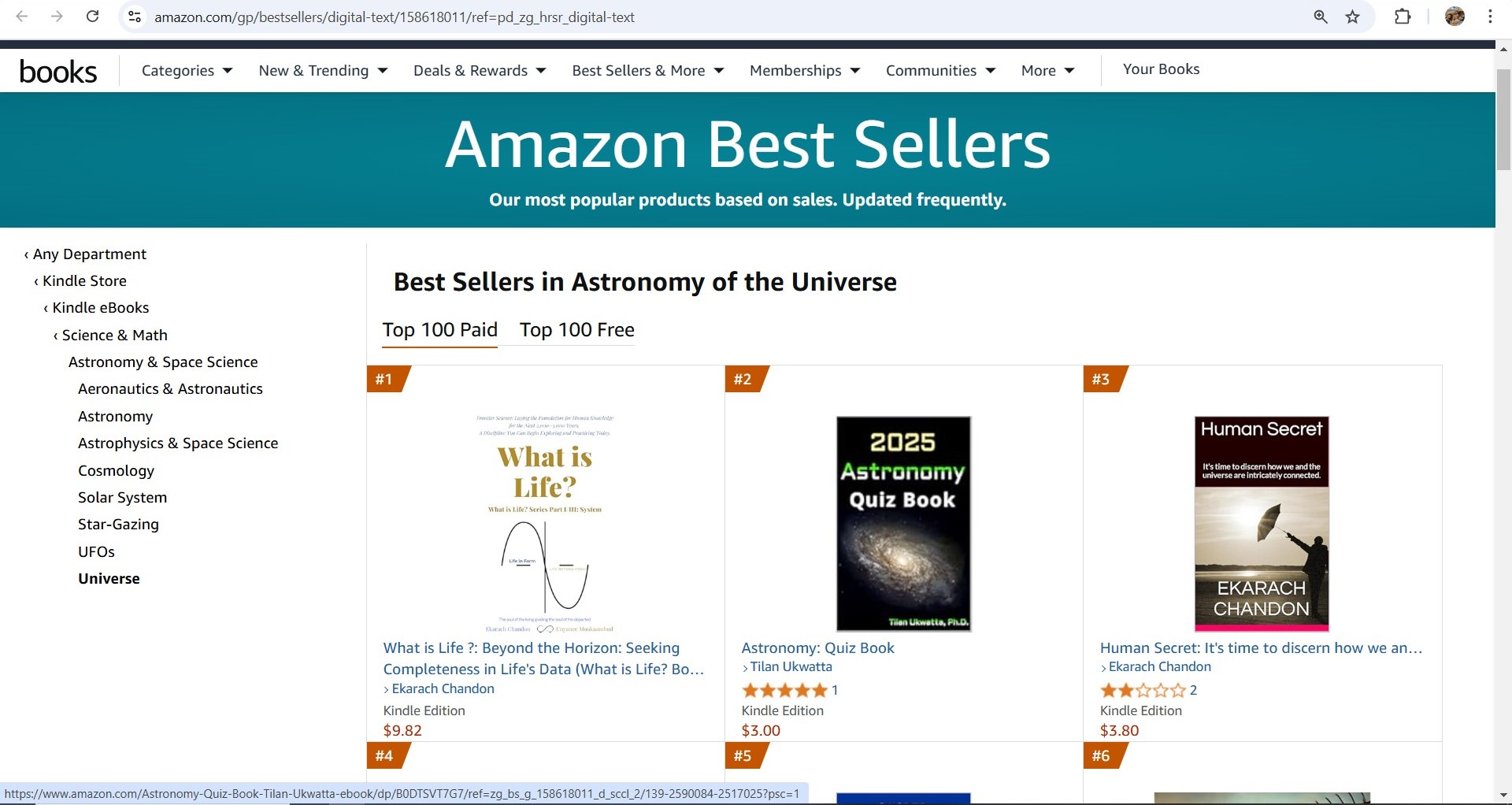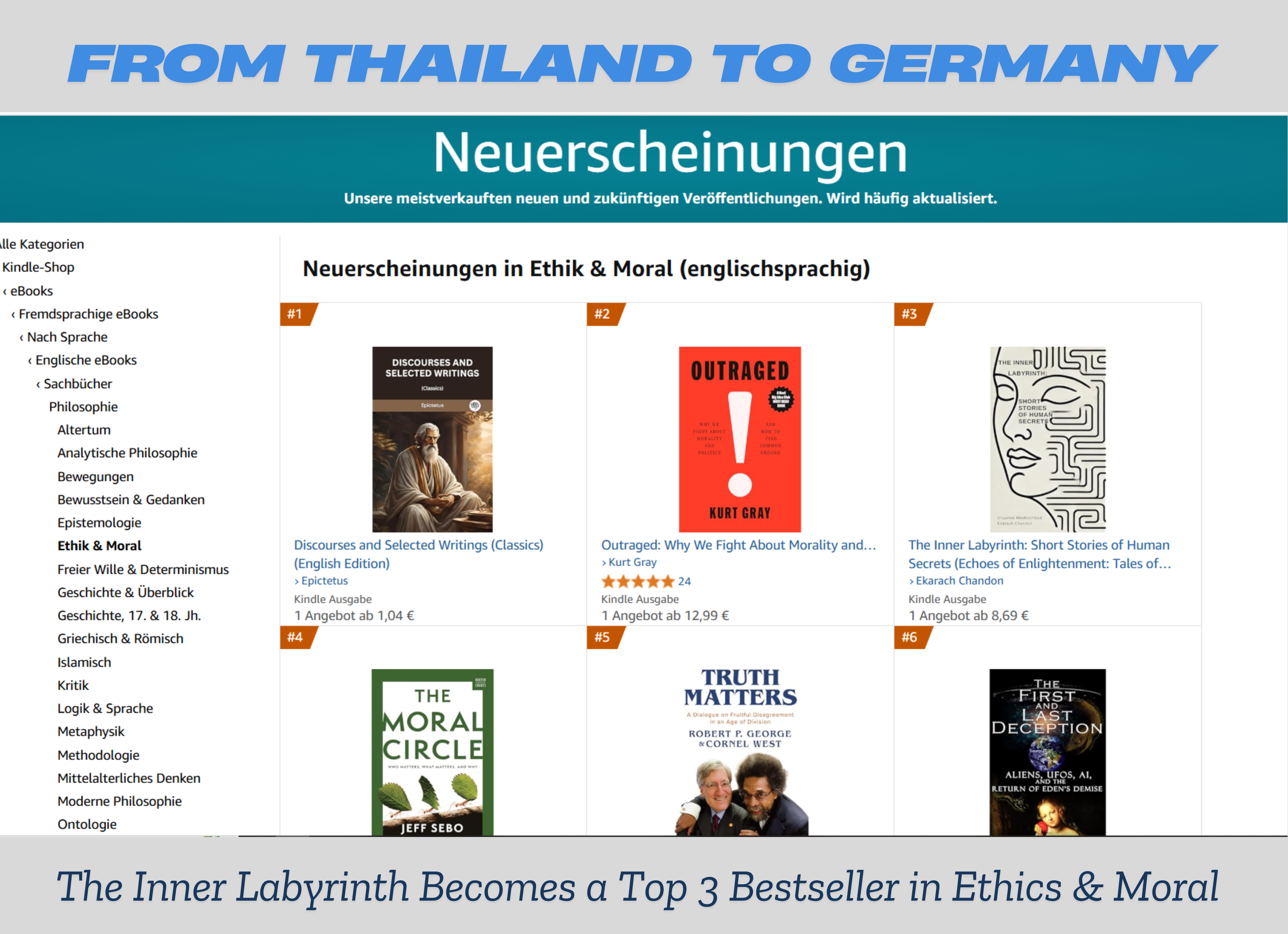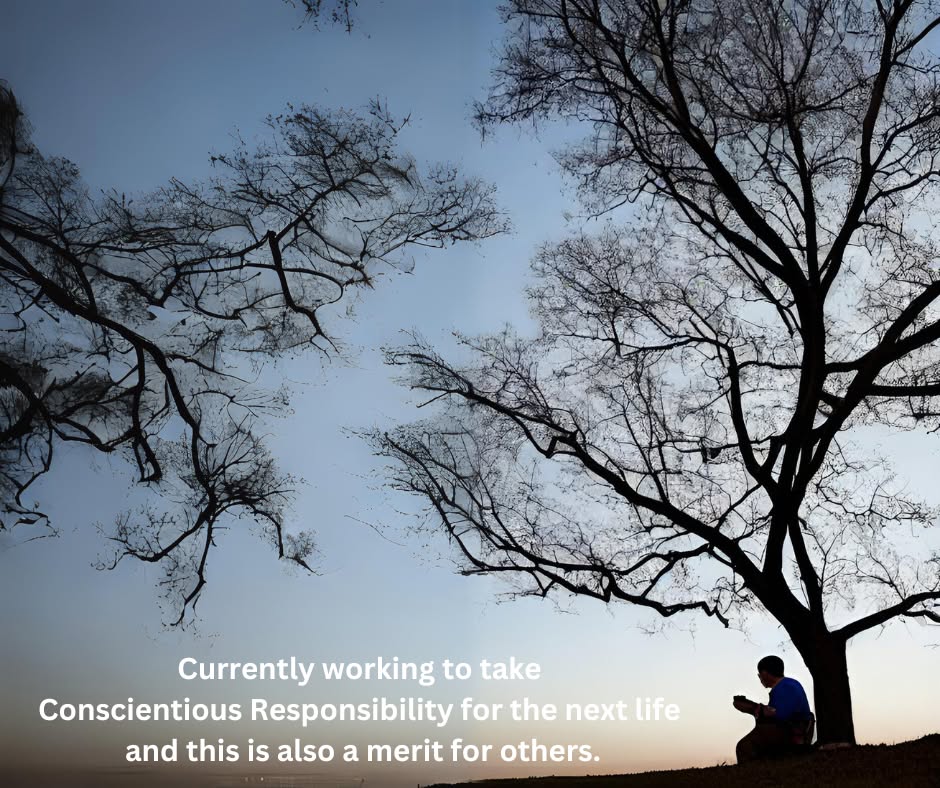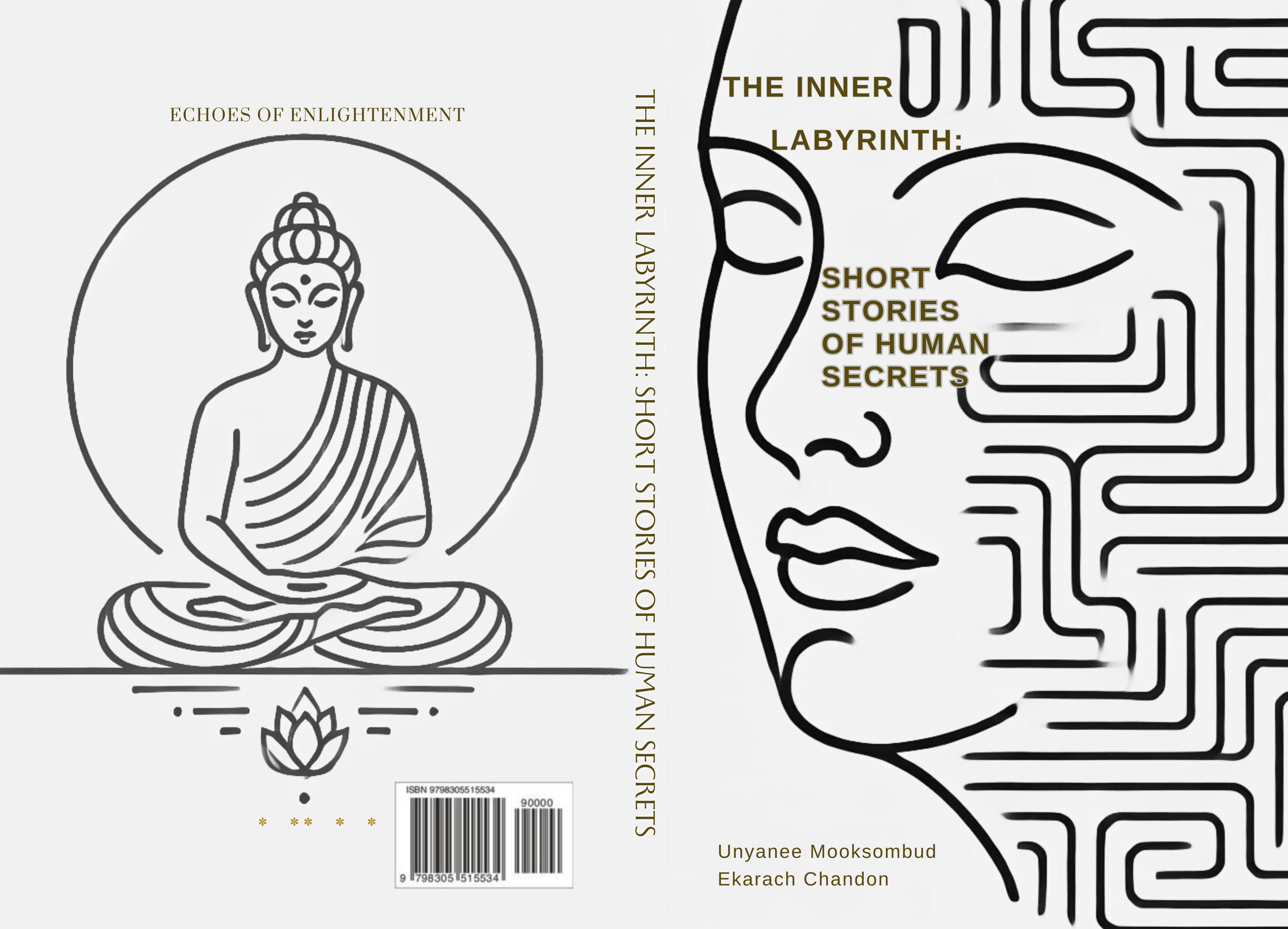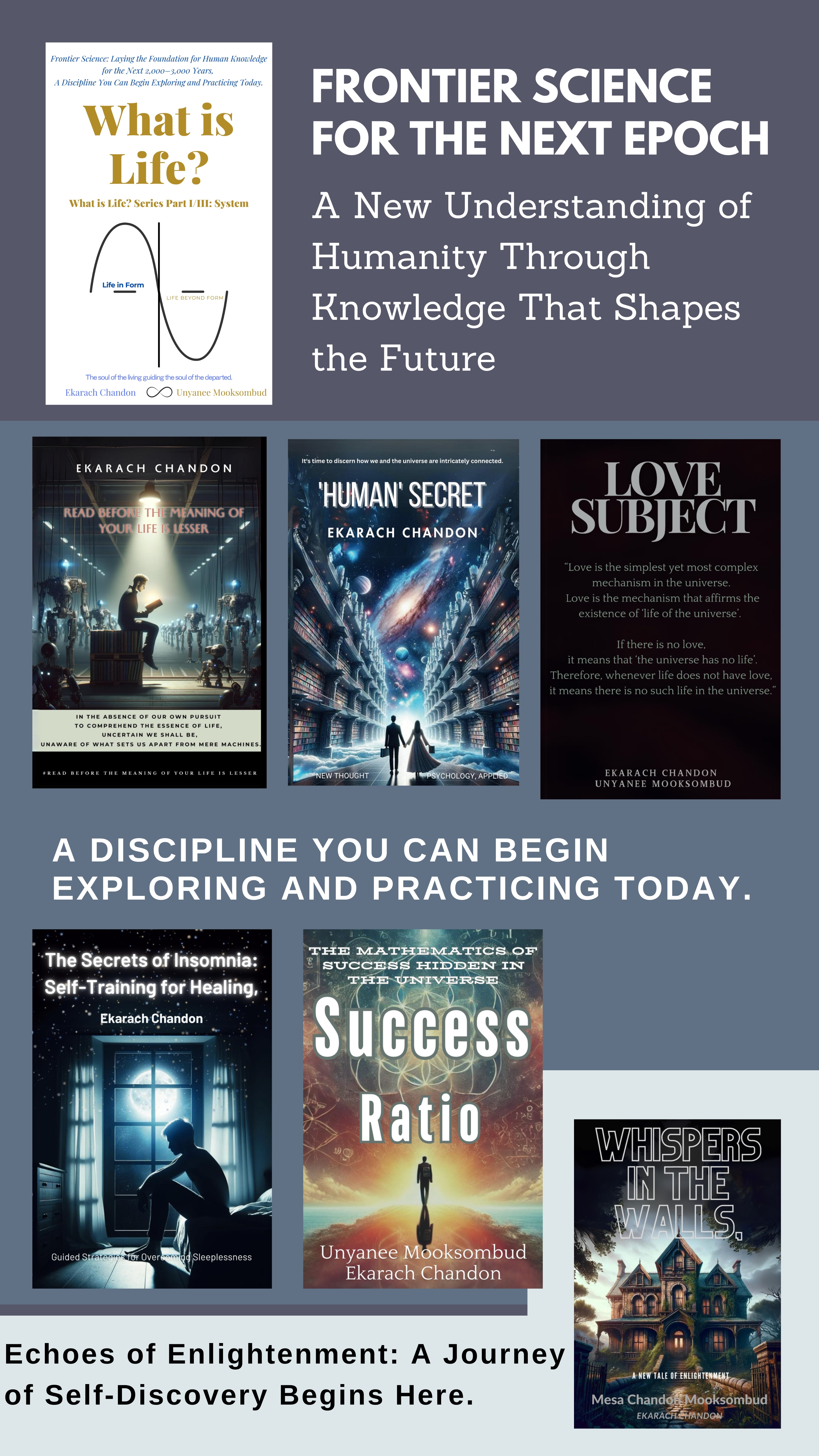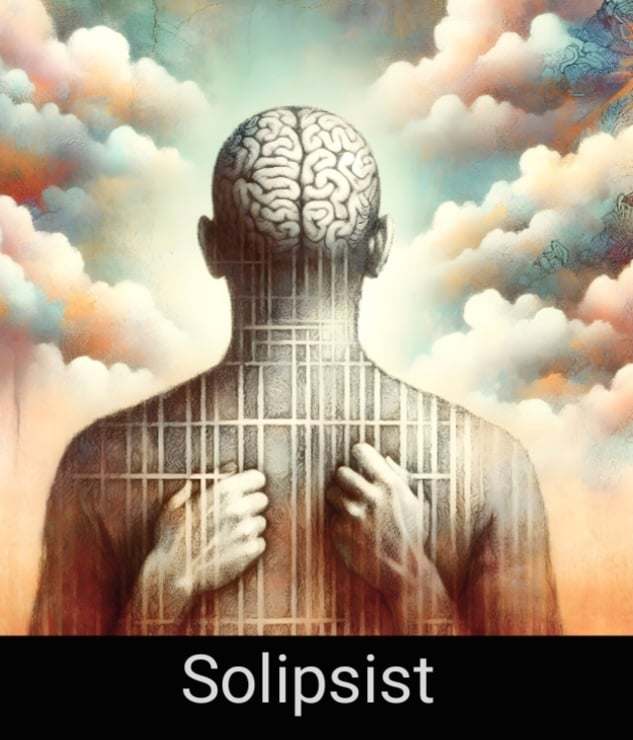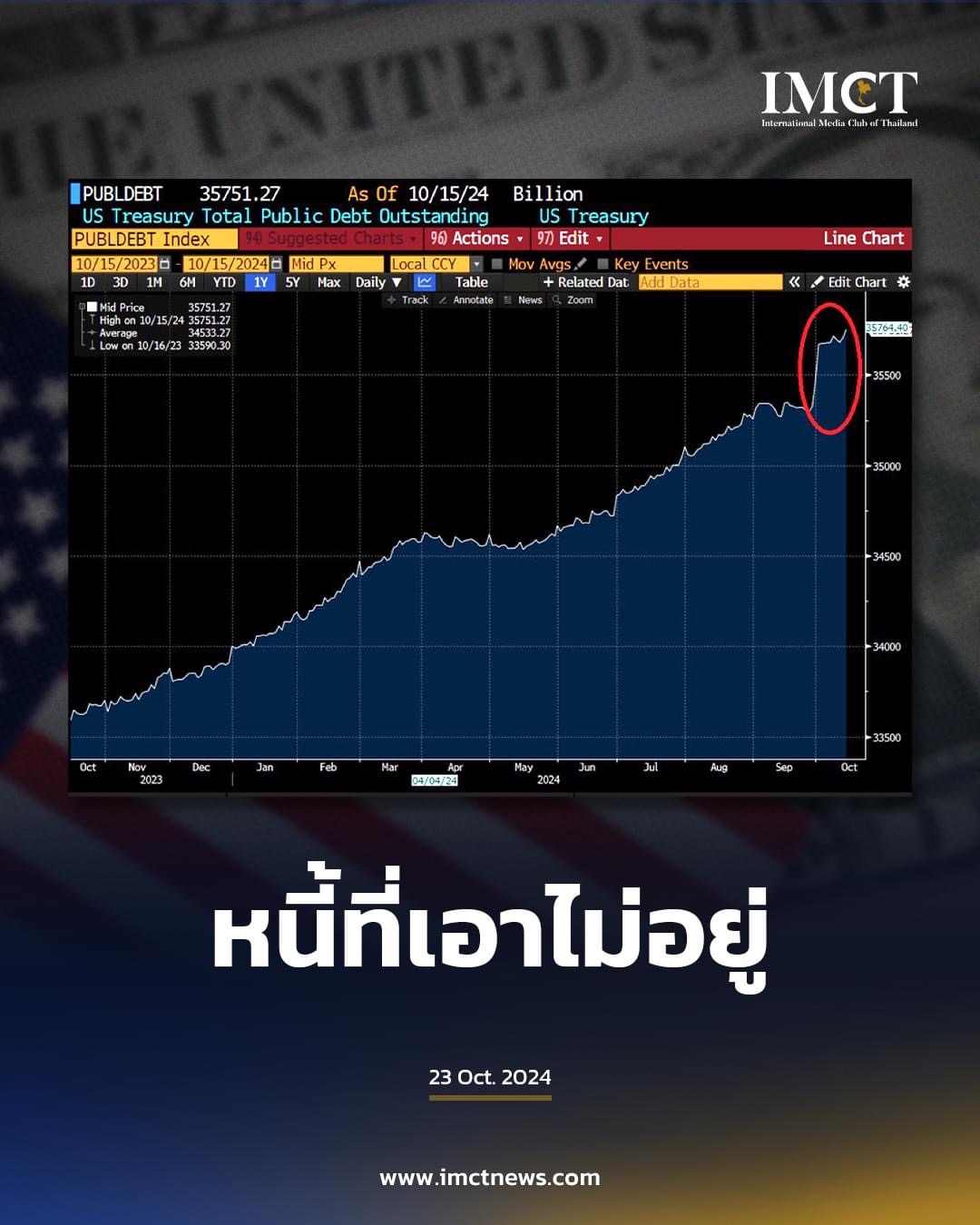How To Write A Professional Email: Tips & Examples
During your professional career, you’ll need to write plenty of emails. While writing an email to a friend is pretty simple, writing an email to your boss or a person you have never met before requires a bit more thought if you want to be professional. Ideally, you want your emails to be clear, concise, and persuasive. If that is your goal, then you’ll get there in no time at all if you follow our tips on crafting professional emails.
What to include in a professional email
When writing an effective email, there are several things that should never be left out. Let’s walk through each major part of an email so you’ll know exactly how to write one.
Subject line
In most email programs, the subject line is entered into the box under the recipient’s email address. Besides your name and email address, the subject line is the first thing someone will see when they receive your email. The subject line should be a short summary of the purpose of your email. Some examples of subject lines include “Plans for Fall Product Lineup,” “Thank You for the Referral,” or “Question About Next Week’s Meeting.”
If you are responding to or forwarding someone else’s email, an email program will typically fill in a subject line for you such as “Re: New Employee Training.” Generally, it is fine to keep these subject lines as doing so will make it easier for the original sender to keep track of potentially long email chains.
Greeting
The greeting is the first line of the email and is a salutation that establishes the tone of your email. Every professional email you send must have a greeting tailored toward the receiver. If you know the receiver’s name and title, you should use it. Avoid referring to anyone as “Mr.” “Mrs.” or “Ms.” unless you already know that person prefers one of those titles. For professional emails, formal greetings such as “Greetings,” “Dear,” or “Good morning/afternoon/evening” are preferred. If you do not know the identity of the person receiving your email, you can exclude a name or use the general greeting of “To Whom It May Concern.” Informal greetings such as “Hi” or “Yo” should be avoided.
Body
The body is the largest part of the email and where your actual message will be. You should begin the body by immediately saying what the purpose of the email is and expressing what you are trying to achieve by sending it. The body of the email should be concise, informative, and straight to the point. You should always be polite and use proper grammar in professional emails. Whether the body is a single sentence or several paragraphs, it should provide all the information a person needs to respond to your needs or take whatever actions you want them to.
Closing
The closing is the last line of the email before your name or signature. A closing is necessary to ensure proper etiquette and not having one is often seen as rude or inconsiderate. The closing can be very short and use formal words like “Best” or “Thank you.” The closing can also include a restatement of the main topic or a repeat of a request, such as “I look forward to hearing back from you regarding my proposal. Thank you!”
What not to include in a professional email
Now that we’ve looked at what should be in your emails, let’s take a look at what you should leave out if you want to come across as a professional.
Decorative or distracting fonts
Professional emails should use traditional fonts such as Times New Roman, Arial, or whatever font the email program uses as a standard. Decorative fonts such as Comic Sans are distracting and inappropriate, so they should not be used in your professional emails.
Excessive punctuation
Punctuation should follow the rules of proper grammar. It is fine to use question marks, commas, quotation marks, colons, and semicolons as long as you know how to properly use them. Exclamation points should be used sparingly, usually only in the closing or to emphasize a need for immediate action. Excessive, unnecessary use of punctuation is distracting and will make your email look unprofessional.
Emoticons
Unless you are emailing someone you have a friendly, informal relationship with, your email should not include emoji, emoticons, gifs, or memes. All of these things are distracting and typically seen as unprofessional, so you should not use them in an email that is supposed to be professional.
Tips for writing a professional email
We’ve covered everything that needs to go in an email and what should stay on the cutting room floor. Next, let’s review some general tips that will improve all of the emails you’ll need to write.
Be concise
A professional email should be short and to the point. At the same time, you should still use complete sentences and proper grammar. Avoid going on tangents or telling long stories in emails. Each sentence should have a purpose and should provide information that the receiver needs to respond or perform whatever action you need them to take. Avoid asking many questions or making several requests if possible. You can use followup emails to make further requests or ask additional questions if you need to.
Convey a clear purpose
A professional email should get straight to the point. Avoid wasting a person’s time by burying your main point deep in the body of an email. The very first line of the body should clearly state what the purpose of the email is and what action you want the receiver to take. The subject line should also establish the purpose of the email. The rest of the email should support the main point by including necessary information or important details that the receiver needs to be aware of.
Proofread using Grammar Coach™
A professional email should have proper grammar, punctuation, and spelling. To that end, you should thoroughly proofread your emails for any errors. To ensure that all of your emails are perfect, you can use our fantastic Grammar Coach™ that will review all of your emails for common errors and grammar mistakes. With Grammar Coach™ at your side, your emails will be error-free and have an air of professionalism that cannot be matched!
Examples of professional emails
Let’s finish things off by bringing it all together and taking a look at some different types of emails that effectively use all of our tips and advice.
Example
#1: Relationship building
The following example shows how you could write an email with the intent of trying to establish a relationship with someone in order to add them to your growing network of professional contacts:
Subject: Fantastic Lecture
Dear Dr. Smith,
I attended your Wednesday lecture on ancient Roman military tactics, and I wanted to express my gratitude for you coming to speak to our university. The lecture was extremely informative and your theories on Julius Caesar’s troop movements were something I had never considered. I am writing a dissertation on Caesar’s campaigns during the Gallic Wars, and your ideas have inspired me to view Caesar’s decisions from a new perspective. I plan on attending your upcoming lecture on the Punic Wars, and I know it will be just as illuminating. I look forward to hearing your views on the Roman war strategy!
Thank you once again,
Jane Doe
Example
#2: Referral requests
When seeking a new career opportunity, having a referral or two will often give you a major advantage when it comes to submitting a job application. When asking another person for a referral via email, it is important to be polite and accommodating. The following example shows how you might ask for a referral through email:
Subject: Referral Request – Zachary Adams
Dear Professor Delgado,
I hope you are well and wanted to thank you again for the instruction and guidance during my time at East Virginia University. I am applying for a position at the Research Institute Laboratories and was wondering if you would be willing to provide me with a referral.
The position requires many of the same skills and lab work I performed during my time under your tutelage. Thanks to your instruction, I was able to excel in my studies and gain crucial experience using a nuclear fusion reactor. Due to your expertise and renown in the field, I know your referral would greatly improve my application.
Thank you for considering my inquiry. I have attached a copy of my cover letter, resume, and the job posting for your review. Please let me know if you need anything else from me as you consider my request.
Sincerely,
Zachary Adams
zadams@fakemail.abc
(123) 456-7890
Example
#3: Resignation
When leaving a job, you’ll need to submit a resignation letter. Your resignation email should be courteous and professional–even if you are looking forward to leaving your job. You never know if you might need to contact your former company for referrals or references, so it is important to remain professional and cordial even in your letter of resignation. The following example shows one possible approach you could take in your resignation email:
Subject: Resignation – Laura Nores
Dear Mrs. Smith,
This email is my formal notification that I am resigning from my position as Head Marketing Consultant at Boxmart. My final day of employment will be April 1.
I am grateful that I have had the opportunity to lead the marketing department at Boxmart for the past seven years. I’ve learned a lot about developing marketing campaigns and conducting demographic research during my time with the company. I’ve enjoyed being a member of the Boxmart team and appreciated the opportunities I’ve had to make the Boxmart brand a household name in the minds of customers worldwide. I will take everything I learned with me as I continue in my marketing career.
During my final weeks with the company, I will ensure my team is prepared for the transition and will complete any outstanding responsibilities I have as Head Marketing Consultant. Please let me know if there is anything I need to do to assist in the transition.
I hope Boxmart continues to be a market leader and that we remain in contact in the future.
Best,
Laura Nores
© 2025, Aakkhra, All rights reserved.
How To Write A Professional Email: Tips & Examples
During your professional career, you’ll need to write plenty of emails. While writing an email to a friend is pretty simple, writing an email to your boss or a person you have never met before requires a bit more thought if you want to be professional. Ideally, you want your emails to be clear, concise, and persuasive. If that is your goal, then you’ll get there in no time at all if you follow our tips on crafting professional emails.
What to include in a professional email
When writing an effective email, there are several things that should never be left out. Let’s walk through each major part of an email so you’ll know exactly how to write one.
Subject line
In most email programs, the subject line is entered into the box under the recipient’s email address. Besides your name and email address, the subject line is the first thing someone will see when they receive your email. The subject line should be a short summary of the purpose of your email. Some examples of subject lines include “Plans for Fall Product Lineup,” “Thank You for the Referral,” or “Question About Next Week’s Meeting.”
If you are responding to or forwarding someone else’s email, an email program will typically fill in a subject line for you such as “Re: New Employee Training.” Generally, it is fine to keep these subject lines as doing so will make it easier for the original sender to keep track of potentially long email chains.
Greeting
The greeting is the first line of the email and is a salutation that establishes the tone of your email. Every professional email you send must have a greeting tailored toward the receiver. If you know the receiver’s name and title, you should use it. Avoid referring to anyone as “Mr.” “Mrs.” or “Ms.” unless you already know that person prefers one of those titles. For professional emails, formal greetings such as “Greetings,” “Dear,” or “Good morning/afternoon/evening” are preferred. If you do not know the identity of the person receiving your email, you can exclude a name or use the general greeting of “To Whom It May Concern.” Informal greetings such as “Hi” or “Yo” should be avoided.
Body
The body is the largest part of the email and where your actual message will be. You should begin the body by immediately saying what the purpose of the email is and expressing what you are trying to achieve by sending it. The body of the email should be concise, informative, and straight to the point. You should always be polite and use proper grammar in professional emails. Whether the body is a single sentence or several paragraphs, it should provide all the information a person needs to respond to your needs or take whatever actions you want them to.
Closing
The closing is the last line of the email before your name or signature. A closing is necessary to ensure proper etiquette and not having one is often seen as rude or inconsiderate. The closing can be very short and use formal words like “Best” or “Thank you.” The closing can also include a restatement of the main topic or a repeat of a request, such as “I look forward to hearing back from you regarding my proposal. Thank you!”
What not to include in a professional email
Now that we’ve looked at what should be in your emails, let’s take a look at what you should leave out if you want to come across as a professional.
Decorative or distracting fonts
Professional emails should use traditional fonts such as Times New Roman, Arial, or whatever font the email program uses as a standard. Decorative fonts such as Comic Sans are distracting and inappropriate, so they should not be used in your professional emails.
Excessive punctuation
Punctuation should follow the rules of proper grammar. It is fine to use question marks, commas, quotation marks, colons, and semicolons as long as you know how to properly use them. Exclamation points should be used sparingly, usually only in the closing or to emphasize a need for immediate action. Excessive, unnecessary use of punctuation is distracting and will make your email look unprofessional.
Emoticons
Unless you are emailing someone you have a friendly, informal relationship with, your email should not include emoji, emoticons, gifs, or memes. All of these things are distracting and typically seen as unprofessional, so you should not use them in an email that is supposed to be professional.
Tips for writing a professional email
We’ve covered everything that needs to go in an email and what should stay on the cutting room floor. Next, let’s review some general tips that will improve all of the emails you’ll need to write.
Be concise
A professional email should be short and to the point. At the same time, you should still use complete sentences and proper grammar. Avoid going on tangents or telling long stories in emails. Each sentence should have a purpose and should provide information that the receiver needs to respond or perform whatever action you need them to take. Avoid asking many questions or making several requests if possible. You can use followup emails to make further requests or ask additional questions if you need to.
Convey a clear purpose
A professional email should get straight to the point. Avoid wasting a person’s time by burying your main point deep in the body of an email. The very first line of the body should clearly state what the purpose of the email is and what action you want the receiver to take. The subject line should also establish the purpose of the email. The rest of the email should support the main point by including necessary information or important details that the receiver needs to be aware of.
Proofread using Grammar Coach™
A professional email should have proper grammar, punctuation, and spelling. To that end, you should thoroughly proofread your emails for any errors. To ensure that all of your emails are perfect, you can use our fantastic Grammar Coach™ that will review all of your emails for common errors and grammar mistakes. With Grammar Coach™ at your side, your emails will be error-free and have an air of professionalism that cannot be matched!
Examples of professional emails
Let’s finish things off by bringing it all together and taking a look at some different types of emails that effectively use all of our tips and advice.
Example #1: Relationship building
The following example shows how you could write an email with the intent of trying to establish a relationship with someone in order to add them to your growing network of professional contacts:
Subject: Fantastic Lecture
Dear Dr. Smith,
I attended your Wednesday lecture on ancient Roman military tactics, and I wanted to express my gratitude for you coming to speak to our university. The lecture was extremely informative and your theories on Julius Caesar’s troop movements were something I had never considered. I am writing a dissertation on Caesar’s campaigns during the Gallic Wars, and your ideas have inspired me to view Caesar’s decisions from a new perspective. I plan on attending your upcoming lecture on the Punic Wars, and I know it will be just as illuminating. I look forward to hearing your views on the Roman war strategy!
Thank you once again,
Jane Doe
Example #2: Referral requests
When seeking a new career opportunity, having a referral or two will often give you a major advantage when it comes to submitting a job application. When asking another person for a referral via email, it is important to be polite and accommodating. The following example shows how you might ask for a referral through email:
Subject: Referral Request – Zachary Adams
Dear Professor Delgado,
I hope you are well and wanted to thank you again for the instruction and guidance during my time at East Virginia University. I am applying for a position at the Research Institute Laboratories and was wondering if you would be willing to provide me with a referral.
The position requires many of the same skills and lab work I performed during my time under your tutelage. Thanks to your instruction, I was able to excel in my studies and gain crucial experience using a nuclear fusion reactor. Due to your expertise and renown in the field, I know your referral would greatly improve my application.
Thank you for considering my inquiry. I have attached a copy of my cover letter, resume, and the job posting for your review. Please let me know if you need anything else from me as you consider my request.
Sincerely,
Zachary Adams
zadams@fakemail.abc
(123) 456-7890
Example #3: Resignation
When leaving a job, you’ll need to submit a resignation letter. Your resignation email should be courteous and professional–even if you are looking forward to leaving your job. You never know if you might need to contact your former company for referrals or references, so it is important to remain professional and cordial even in your letter of resignation. The following example shows one possible approach you could take in your resignation email:
Subject: Resignation – Laura Nores
Dear Mrs. Smith,
This email is my formal notification that I am resigning from my position as Head Marketing Consultant at Boxmart. My final day of employment will be April 1.
I am grateful that I have had the opportunity to lead the marketing department at Boxmart for the past seven years. I’ve learned a lot about developing marketing campaigns and conducting demographic research during my time with the company. I’ve enjoyed being a member of the Boxmart team and appreciated the opportunities I’ve had to make the Boxmart brand a household name in the minds of customers worldwide. I will take everything I learned with me as I continue in my marketing career.
During my final weeks with the company, I will ensure my team is prepared for the transition and will complete any outstanding responsibilities I have as Head Marketing Consultant. Please let me know if there is anything I need to do to assist in the transition.
I hope Boxmart continues to be a market leader and that we remain in contact in the future.
Best,
Laura Nores
© 2025, Aakkhra, All rights reserved.






